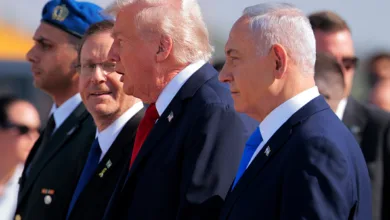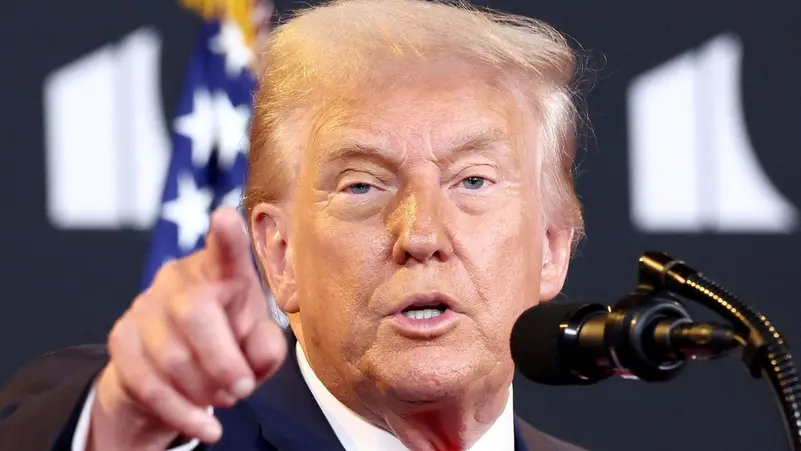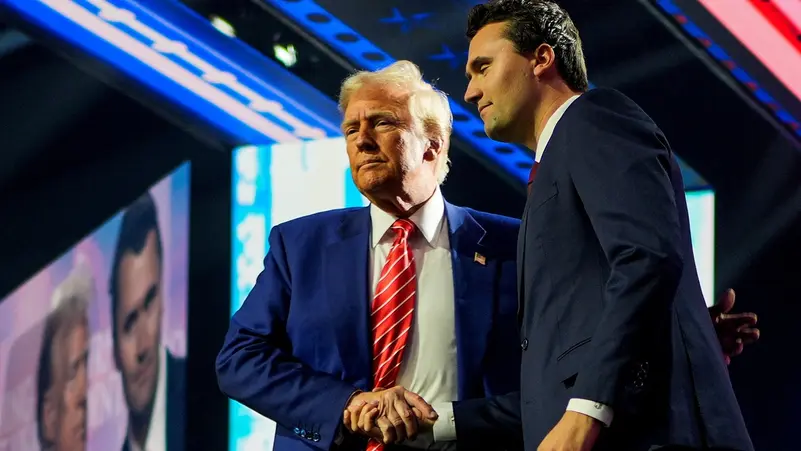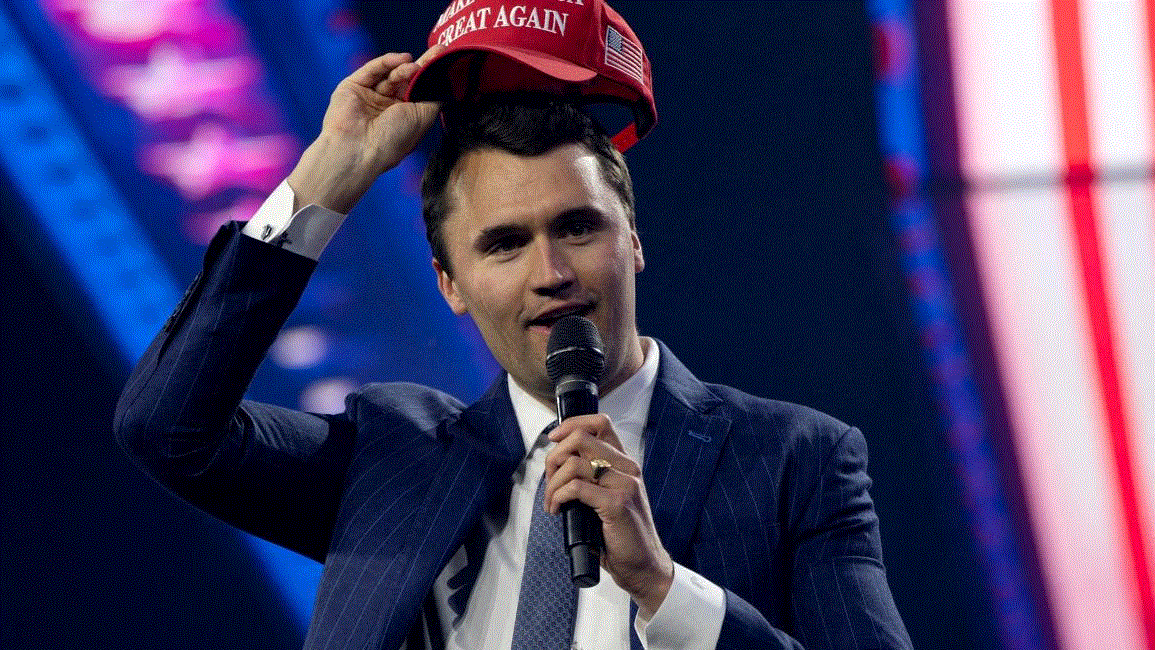US-Russia Relations in 2025: Is a New Cold War Inevitable?
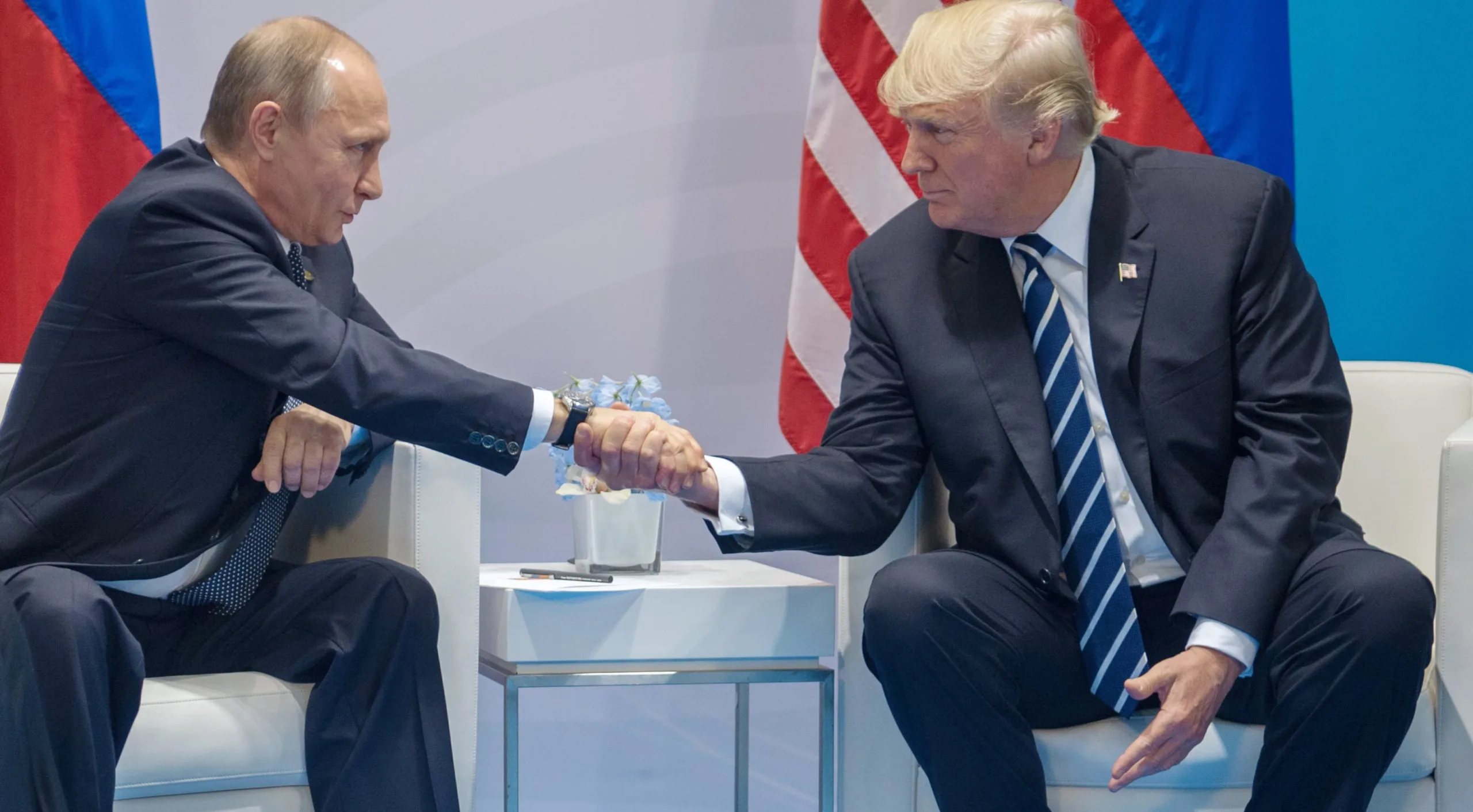
As the year 2025 progresses, the world’s eyes remain fixed on the complex and often volatile relationship between the United States and Russia. Once adversaries locked in the Cold War’s icy grip, these two powers now navigate a geopolitical chessboard filled with uncertainty, mistrust, and potential conflict. With increasing military posturing, diplomatic tensions, and economic sanctions dominating the Breaking News cycle, many experts and observers are debating whether the globe is sliding toward a new Cold War — or if a different, less predictable reality is emerging.
This article delves deeply into the roots of US-Russia relations, current flashpoints, global ramifications, and potential future scenarios that could define the next decade.
The Historical Evolution of US-Russia Relations
The story of US-Russia relations is one marked by rivalry, cooperation, and strategic competition. The Cold War era (1947-1991) left deep scars and a legacy of mutual suspicion. After the collapse of the Soviet Union, hopes for a thaw in relations emerged, as Russia appeared poised to integrate into the Western-led global order. However, those hopes dimmed as Moscow sought to assert itself as a global power independent of Washington’s influence.
Throughout the 1990s, the US extended support to Russia’s fledgling democracy and market reforms, but tensions persisted beneath the surface. The expansion of NATO into Eastern Europe, seen by Russia as a security threat, strained relations further. The 2008 Russia-Georgia conflict foreshadowed more severe clashes, culminating in the 2014 annexation of Crimea and the conflict in Eastern Ukraine.
These events hardened Russia’s stance, while the US responded with sanctions and increased military support to Eastern European allies. Since then, diplomatic efforts to improve relations have struggled amidst ongoing accusations of election interference, cyber warfare, and geopolitical rivalry.
Key Flashpoints in 2025
The year 2025 has seen multiple flashpoints that threaten to escalate tensions between the two powers. One significant issue is cybersecurity. Both nations accuse each other of orchestrating cyber-attacks against critical infrastructure, government agencies, and private enterprises. The rise of digital warfare has blurred traditional boundaries, making confrontation more complex and less predictable.
Military activity in Eastern Europe has also increased dramatically. Russia has bolstered its troop presence near NATO borders, while the US and its allies have conducted exercises and deployments to reassure partner nations. This military posturing increases the risk of accidental clashes or miscalculations with far-reaching consequences.
Another critical issue is diplomatic stalemate. Arms control agreements like New START are at risk, and talks to extend or replace them remain fraught. The lack of mutual trust undermines efforts to limit nuclear arsenals, raising fears of a renewed arms race.
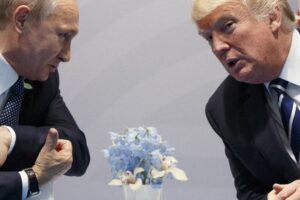
Economic Warfare and Its Global Impact
Economic sanctions remain a primary tool used by the US and its allies to pressure Russia. Targeted sanctions on energy sectors, financial institutions, and key individuals have significantly impacted the Russian economy. However, sanctions also reverberate globally, contributing to energy price volatility and supply chain disruptions.
Russia has responded by seeking new markets, strengthening ties with China and other non-Western countries. This shift has contributed to a more fragmented global economy, challenging the dominance of Western-led financial systems. The ongoing conflict also affects global trade routes and investment flows, complicating recovery from the COVID-19 pandemic.
The economic dimension of this rivalry underscores that modern conflict is not limited to the battlefield but extends deeply into markets, currencies, and technology sectors.
The Role of Allies and Regional Dynamics
The US-Russia rivalry is not isolated. It implicates other major powers and regional actors, each navigating complex alliances and interests. China’s strategic partnership with Russia poses a significant challenge to US global leadership, especially as Beijing pursues its own ambitions in Asia and beyond.
Europe remains caught between its security dependence on NATO and economic ties with Russia, particularly concerning energy supplies. Countries like Germany face difficult decisions balancing political commitments and practical necessities.
In the Middle East, Russia and the US support opposing sides in conflicts such as Syria and Libya, creating a proxy battleground that further complicates relations. The shifting alliances in this region highlight how local disputes are entangled with broader great power competition.
Diplomatic Efforts and Possible Pathways Forward
Despite the bleak landscape, channels of communication remain open. Periodic summits, back-channel diplomacy, and multilateral forums provide opportunities to reduce tensions. Some analysts argue that a new form of détente, adapted to 21st-century realities, could emerge.
Confidence-building measures such as transparency in military exercises, agreements on cyber conduct, and revival of arms control talks could mitigate risks. However, this requires political will on both sides, which remains elusive amid domestic pressures and hardline rhetoric.
The complexity of today’s global system — including rising multipolarity, non-state actors, and technological change — means that any future relationship will differ from the Cold War template.
Conclusion: A Future Unwritten
The question of whether 2025 will mark the beginning of a new Cold War or the emergence of a novel geopolitical order remains unanswered. What is clear is that US-Russia relations will continue to shape global security, economic stability, and diplomatic engagement in the years ahead.
For observers and policymakers, understanding these dynamics is essential to navigating the evolving challenges and avoiding the pitfalls of history. The headlines in Breaking News will likely continue to focus on this critical relationship as the world watches closely.
